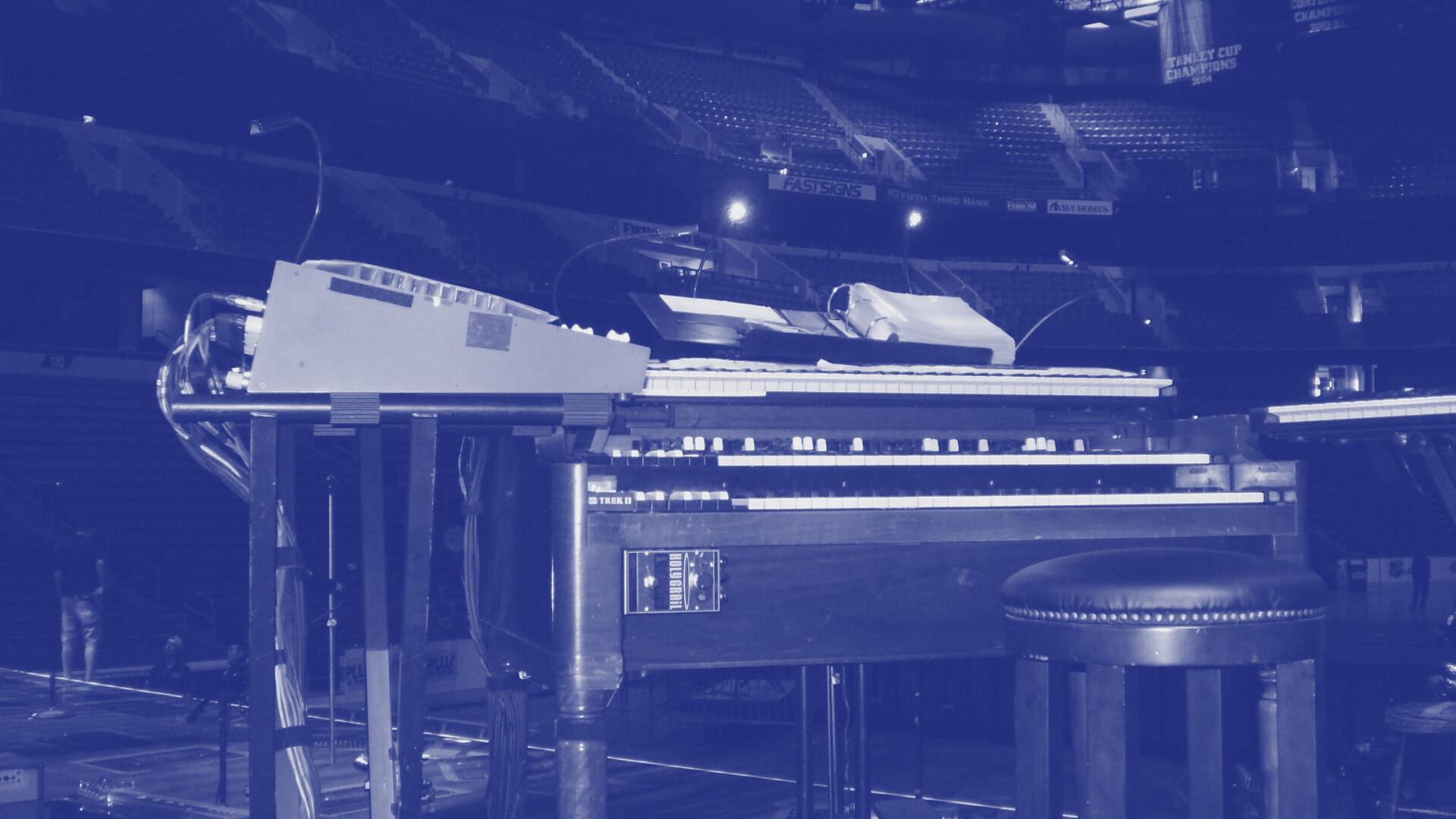

Questions?
We Got Answers.
If you have any other questions not answered below, let us know, and we'll do our best to answer them!
FAQs
A: Chances are your console has a dimmer for the task light connector. Depending on the type of dimming used in the console, if it is set at less than 100%, it will not provide enough voltage to the connector for the LED circuit board in your Littlite to operate fully. Find the dimmer control and turn it up. Note: If you have a digital console, sometimes the task light dimmer can be buried in the programming matrix.
A: Phantom power is supplied to microphones over the microphone's audio cable. In the old days, capacitor microphones had tube amplifiers in the microphone to amplify the small high-impedance signal. The standard for phantom power is +48 volts applied to BOTH sides of the audio signal pair through two resistors, with the V- connected to the ground and shield. The voltage is too high for efficiently driving LEDs, and the available current, limited by the series resistors, is a maximum of 2 to 10 mA, depending on the console design. (That is a maximum of about a tenth of a watt available.)
It is possible that a lamp with a bunch of LEDs in series, like maybe 8, could be powered from the phantom supply, but the other detail is that any disturbance to the phantom supply could cause noise in sensitive audio inputs, which, as they say, would be bad.
A: While there are 12-volt, mini-bayonet base LED bulbs available, all of the samples we've tested have been icky. Most of them produce very little useful light, and the few that put out enough light are very bulky and don't fit under our hood...and without the hood, you get a face full of light.
A: For decades, XLR panel sockets on audio and lighting consoles have been installed with the same orientation. Recently, and for a variety of reasons, some console manufacturers have installed the XLR panel socket turned sideways or upside down from the normal configuration resulting in the light going exactly where it is not needed.
Thankfully the design of our Littlite LLX XLR style connectors enables you to re-orient the pin inserts to match your console's panel socket.
A: The good old US of A! Hamburg, Michigan, to be exact! (And before you ask)…Hamburg is just north of Ann Arbor.
Not only do we design, build, package, and ship everything from Hamburg-Just-North-of-Ann-Arbor, but we try, whenever possible, to use local/domestic sources for our components.
A: Little Light!
A: Yes. And maybe not.
Yes, Littlites are compatible with all major sound and lighting consoles with a 12-volt task light connector (see question #1 for the "phantom power" query), and that's what you probably have. However, it is possible that somewhere there exists a console with inadequate power or a funky connector we're not familiar with.
If you find one, let us know because we need to help them.
A: We don't make a gooseneck light that plugs directly into a USB connector because A.) USB connectors only deliver 5 volts, and we need 7 more (5+7=12) and B.) USB connectors are lousy mechanical connectors and don't have enough oomph to hang on to a Littlite, especially when you are wrenching it around like we've seen you do.
HOWEVER…if you want to power a Littlite from a USB connector, our new ANSER series lamp sets, and desk lights with our optional ANSER-USB cord will operate just fine on most* USB ports.
("Most" means that it depends on the device and how many other USB peripherals are connected to said device.)
A: Yes. BNC connectors do not prevent the gooseneck from spinning once it is attached. This is usually not a problem if the light is on a flat surface, but if the surface is slanted or vertical it becomes an issue. BNC connectors are common on inexpensive and small/medium format consoles because the connectors are affordable and take up very little space. We have two suggestions if this has become a major headache for you.
1.) Install a piece of heavy-duty heat shrink tubing to the bottom of the gooseneck and the top part of the BNC connector. This will fuse the BNC to the gooseneck and minimize the rotation. The pdf link below (BNC FIX) illustrates this process.
2.) Replace the BNC connector with a TNC connector and use our T-Series lights. The TNC connector is a threaded version of the BNC, and once the gooseneck is threaded on, it stays put much better.
IMPORTANT NOTICE: This should only be done by a qualified service technician, and it WILL void the warranty on the console!!!
A: Standard Littlite products operate on 12 volts. MV and CC products operate on 12-24 VDC, and the ANSER operates on 5-24 VDC.
A: Littlite products are not weather resistant, and we do not recommend using them in applications that would expose the light to excessive moisture.
A: Yes, our GXF-10 is rated at 1 Amp and can power up to eight LED models or two halogen models. Use our PYE, WYE, and EXT accessory cables to connect multiple lights to a single power supply.
A: Littlite lamp sets use a 1" x 3" metal chassis. The bottom chassis plate is designed to mount to any flat surface.
Mounting instructions are included with your Littlite.

